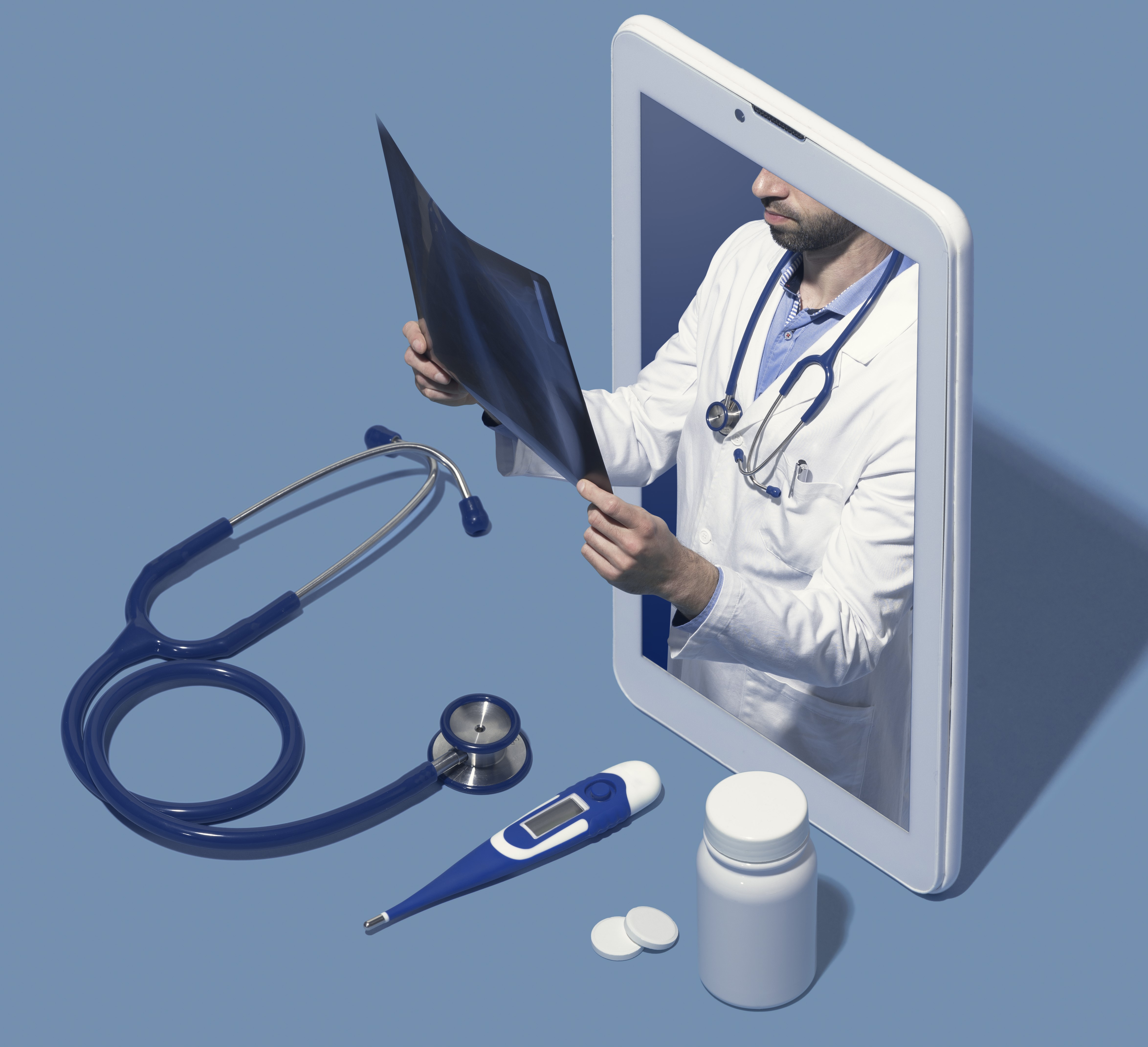- Image by thebig429via Flickr
Highlights of the important and the interesting from the world of health care:
Drawbacks of the “Cadillac” tax: On first blush, the proposed so-called “Cadillac” tax on high-deductible health plans seems like a good idea. Contained in the Senate bill, the proposal would levy a 40 percent tax on insurance plans that charge premiums above $23,000 per year for a family of four, and the tax would only apply to spending above that dollar amount. And President Obama has said he supports it. Seems like a good idea that would only apply to people who spend lavishly on health care, right?

With the Rise of AI, What IP Disputes in Healthcare Are Likely to Emerge?
Munck Wilson Mandala Partner Greg Howison shared his perspective on some of the legal ramifications around AI, IP, connected devices and the data they generate, in response to emailed questions.
If only it were so simple. The tax proposal has a few problems, detailed very nicely by the Washington Post and blog GoozNews. First, the the tax looks unlikely to control costs. Employers would simply shift costs from premiums to co-pays, forcing employees to pay more out of pocket. And that would lead patients to forego or delay care and/or buying prescription drugs, leading to unhealthier patients and higher costs down the road as their health deteriorates. So the Cadillac tax wouldn’t actually fix the major problem with American health care, it seems, and would result in some of those always-dreaded unintended consequences. Take it away, GoozNews:
Prices for drugs and services, whether necessary or not, are too high — that’s the core problem with our health care system. Forcing patients to choose among services based on their immediate price ignores the underlying medical science, does nothing to eliminate unnecessary medical services, and will lead to worse health outcomes for millions of people.
Why aren’t doctors more like banks? The promise telemedecine — essentially doctors consulting with patients over the web, be it e-mail, video or real-time chatting — has been around for awhile, yet has never taken hold the way, say, online banking has. Through a recent study by researchers at the University of Texas Medical School that looked at the impact of telemedicine on patients in the intensive care unit, physician-journalist Pauline Chen of the New York Times examines why telemedicine hasn’t caught on. Despite substantial enthusiasm for telemedicine from patients and their families, the primary reason seems to be resistance from doctors who fear techology will negatively impact their relationships with patients.
Despite the seemingly obvious advantages and patient willingness, however, the majority of doctors in the study chose to have as little remote involvement for their patients as possible.
Health overhaul basics: Washington Post blogger Ezra Klein brings up an excellent point: Because the news media, by definition focuses on what’s “new” with any given issue, it’s primarily talking to only the people who’ve been following along. You know, people who don’t get paid to follow issues the way members of the media do. And that means lots of intelligent, but busy people end up getting left behind. So in that vein, Klein suggests this short and basic explanation of the health overhaul movement – the who, what, when, why and how, essentially. It was published in August, but the basic issues in the overhaul debate have remained the same for awhile so the article is hardly dated.
Know your enemy: Even though H1N1 fears seem to have died a bit, all Americans should receive the vaccination for the illness once “known” as swine flu, a Centers for Disease Control and Prevention official says. Complacency is “the biggest enemy” right now, according to Anne Schuchat, director of the CDC’s National Center for Immunization and Respiratory Diseases. Still, just four states — Delaware, New Jersey, Maine and Virginia — report widespread H1N1 activity. But the CDC says there was a slight uptick in flu-like illnesses at doctors offices and emergency rooms last week, so the agency is strongly warning that it ain’t over yet, and there’s plenty of vaccine to go around.
“I am concerned that people maybe complacent, that people may think this is all over. I would hate for people to make decisions thinking this is over and then get sick or severely ill,” Schuchat said.














